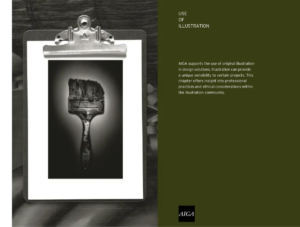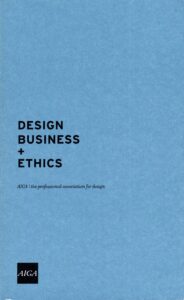In response to the Shepard Fairey Case and to the assigned AIGA Design Ethics Chapters as they relate to my current internship. The AIGA design is the professional association for a design that outlines the critical ethical and professional issues encountered by designers and their various clients. As a designer, you have a responsibility to learn and understand those ethical standards which include the client’s guide to design, the use of illustrations, copyright, and the use of photography in all kinds of work.


The AP photo, left, and the Shepard Fairey poster.
After reviewing the AIGA Design and Business Ethics, I learned various things and there were many things that were related to my internship as well. Such as when looking for work you need to be sure that the place you are applying to is right for you, from things such as culture, the company’s direction, etc. My internship, at Brooklyn College, matched up with the environment that I would look for in a work environment with things such as room to learn and grow. As a designer, I believe it is important to have a space to learn from your peers and supervisors about the things that you may not be familiar with while giving them the room to grow and develop as a designer. Being aware of the design needs that are being asked of you from both your clients and the set visual identity of your work environment. During my internship communication was a constant theme throughout my experience, which led to great feedback from clients and supervisors which helped me to improve my design. So, while being a professional designer it is important to ensure that the company’s ideals and yours are communicated effectively.
The Shepard Fairey Copyright Case: the images used in the hope poser during the 2008 presidential race is a well-known example showing those issues in the design industry. Shepard Fairy used a photo taken by Mannie Garcia and used it to create the “Hope” poster during the presidential campaign, Fairey failed to give proper credit to the original photographer which led to the belief that Fairey did it for commercial motivation as he earned large amounts of money for his work without giving credit to its original source. Which led to becoming a great example for designers in the industry about the legal and moral issues in order to make sure we are not making the same mistakes and always source your work and where it is coming from.





Leave a Reply